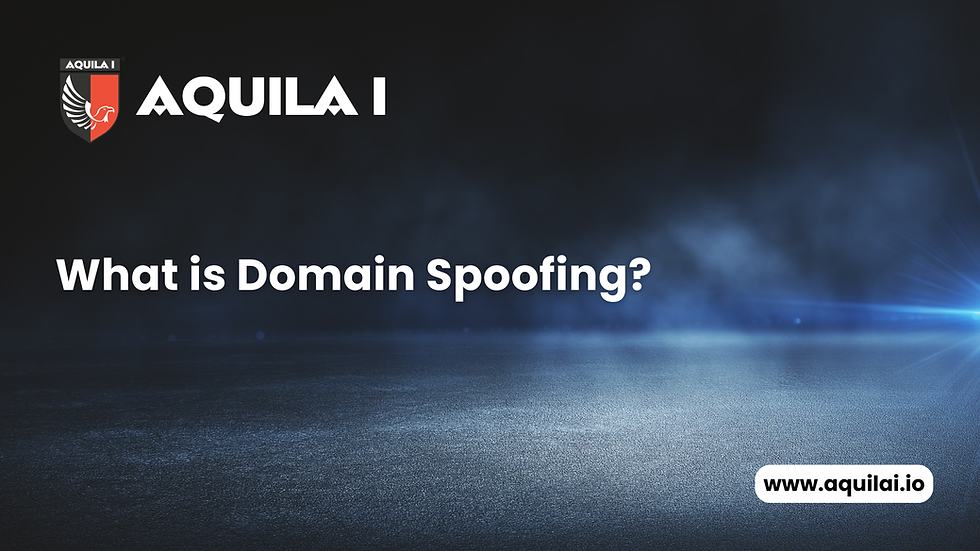Digital Risk Monitoring in Preventing Phishing and Domain Spoofing
- rutujaz
- Aug 24
- 2 min read
Phishing and domain spoofing remain two of the most common and devastating threats to enterprises in 2025. Cybercriminals exploit human trust, brand recognition, and weak domain protections to launch targeted campaigns. Whether it’s a fraudulent invoice email, a fake banking portal, or a spoofed executive domain, the damage extends far beyond financial losses—it erodes trust.
Digital Risk Monitoring (DRM) provides enterprises with the ability to continuously track for impersonation attempts across the internet, leveraging brand monitoring, web monitoring, attack surface management (ASM), and dark web monitoring tools. Together, these capabilities create a proactive defense against domain abuse and phishing threats.
The Growing Threat of Phishing and Spoofing
1. Phishing Evolution
Phishing has grown beyond emails. Today, adversaries use fakeapp-based malware, social media impersonation, and cyber website clones. Campaigns are often supported by remote access trojan download kits available on the dark web.
2. Domain Spoofing
Attackers register domains that closely mimic legitimate brands. For instance:
Fake portals spreading recent malware attacks or credential-stealing scripts
3. Industry Impact
According to cybersecurity news and data breach news, BFSI and healthcare industries are frequent targets. With stolen identities often appearing in dark web reports, organizations need brand monitoring to stay ahead.
How DRM Prevents Phishing and Spoofing
Brand Monitoring
Detects misuse of logos, fraudulent domains, and unauthorized content.
Alerts security teams when fake domains appear.
Attack Surface Management (ASM)
Identifies exposed assets and overlooked subdomains that could be exploited.
Integrates with cspm tools to secure CSP cloud configurations.
Dark Web Monitoring
Scans underground forums for stolen credentials.
Uses dark web check and dark web report insights to preempt phishing campaigns.
Threat Intelligence Integration
Leverages cyber threat intelligence platforms to map adversary tactics.
Tracks groups like APT29 known for sophisticated spoofing campaigns.
Real-World Example: BFSI
A regional bank detected multiple phishing sites impersonating its login portal. Using DRM’s brand monitoring and web monitoring, the fake domains were discovered within 24 hours, takedown requests were filed through security and intelligence services, and fraudulent campaigns were dismantled before they reached critical mass.
Best Practices
Enable web monitoring for new domain registrations.
Use cyber data leak checker to validate if stolen credentials are fueling phishing.
Partner with cyber security companies in Mumbai or cyber security companies in Noida for regional takedown support.
Automate enforcement with cspm tools to reduce exposure.
Future Outlook
DRM will integrate cyber AI and deepfake detection to identify fakeapp-based impersonations and phishing at machine speed.
Conclusion
Phishing and domain spoofing will not disappear—but with Digital Risk Monitoring, organizations can spot impersonation attempts before customers or employees fall victim.
Aquila I’s Digital Risk Monitoring module combines brand monitoring, attack surface management, and dark web intelligence to prevent phishing and domain spoofing. Safeguard your customers and protect your brand—partner with Aquila I today.




Comments